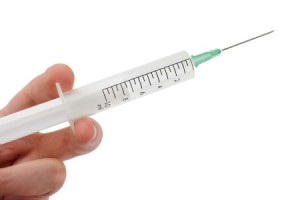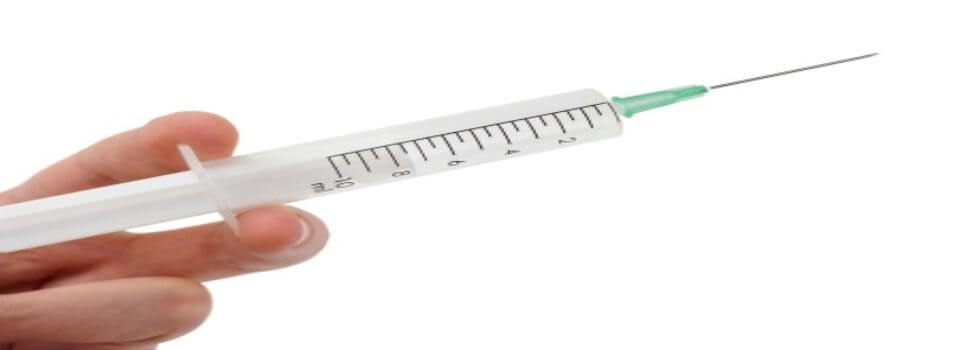 Various inflammatory conditions in the hand and arm can be treated with the injection of steroids.
Various inflammatory conditions in the hand and arm can be treated with the injection of steroids.
What is it?
Steroid injections are made up of a local anesthetic (lidocaine or bupivacaine for example) and a synthetic cortisone. Natural cortisone is made by the adrenal gland and is a powerful anti-inflammatory subastance. There are many types of steroid mixtures, and while they may vary in duration and strength, they all have similar functions. No one type has been shown to be more effective than others. Please note that anti-inflammatory steroids are not the same as the anabolic steroids you may hear about in regards to athlete drug abuse.
Various inflammatory conditions in the hand and arm can be treated with the injection of steroids. Carpal tunnel syndrome, arthritis, trigger fingers, tennis elbow, de Quervain’s tendonitis and rotator cuff tendonitis are all conditions that respond well to this treatment.
How does it work?
They decrease inflammation, thereby reducing pain. The effects are usually felt within a few days of injection and can last up to several weeks. The frequency of treatments required varies from patient to patient. No rule exists about the number of injections a patient can receive. Though sometimes more injects can help, many doctors use 3 as a rule of thumb. We will gauge your reaction to the first injection before proceeding with more.
Some caution must be taken with the frequency of injections as cortisone can cause damage to tendons and/or cartilage over time. Though most patients respond well to this treatment, a small minority does not see improvement from it.
After being thoroughly cleansed and disinfected, a small amount of steroid and local anesthetic are injected through a small needle. The area is then dressed with gauze or an adhesive bandage.
Are there any side effects?
Cortisone flares, caused by the crystallization of the steroid, are the most common side effect of steroid injections. These flares result in a painful period of one to two days. Unfortunately, the pain caused by the cortisone flare can actually be worse than the pain caused by the condition for which the patient initially sought treatment. Ice and rest can help relieve flare-related discomfort, which usually ceases within a few days.
Patients with darker skin commonly experience skin discoloration in the area where the steroids were injected. Although this may only be temporary, the lightening has been known to be permanent in some cases.
A rarer, but more serious side effect, is infection. The risk of infection is slightly higher if the injection occurred near a joint. Infection can be avoided by thoroughly cleaning the skin prior to injection. Possible signs of infection include redness around the injection site, warm skin and a temperature over 101. If you experience these symptoms, call your physician to check for an infection. A very small number of patients have experienced an allergic reaction to the injection.
Diabetic patients may notice a small, temporary increase in blood glucose levels for a couple of days after the injection.


